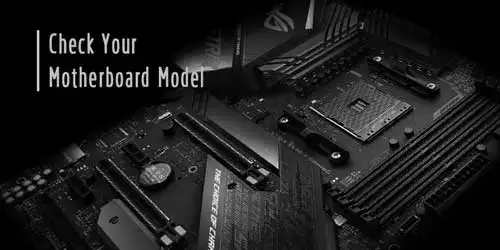8 Effective Ways to Check Your CPU Specs (Model, Speed)
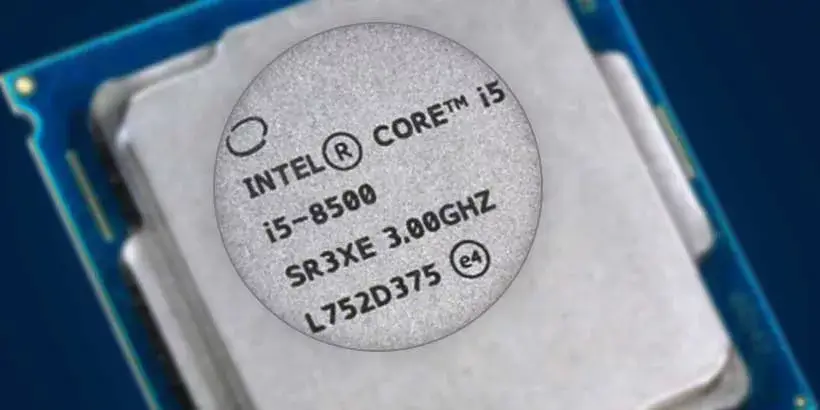
"How do I find out what processor my computer has?" It is a common question for most people. Luckily, Windows system offers so many simple but effective ways to check your CPU specifications like model and speed. In this post, we will introduce you to eight effective ways to check your CPU specs (model and speed) without any third-party tool.
NOTE: The methods below are available for most versions of Windows including Windows 7, 8 and 10.
- 1. Windows Settings
- 2. Control Panel
- 3. Device Manager
- 4. Task Manager
- 5. System Information
- 6. DirectX
- 7. Command Prompt (CMD)
- 8. PowerShell
1. Windows Settings (Only for Windows 10)
Step 1: Press Windows key + I shortcut at the same time to open Windows Settings window.
Step 2: Select System on Settings window.
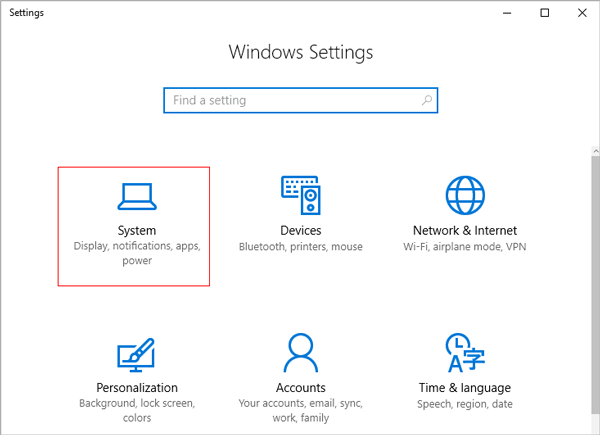
Step 3: Click About on the left panel. Then you will find out the CPU specs on the right panel (include CPU model and clock speed).
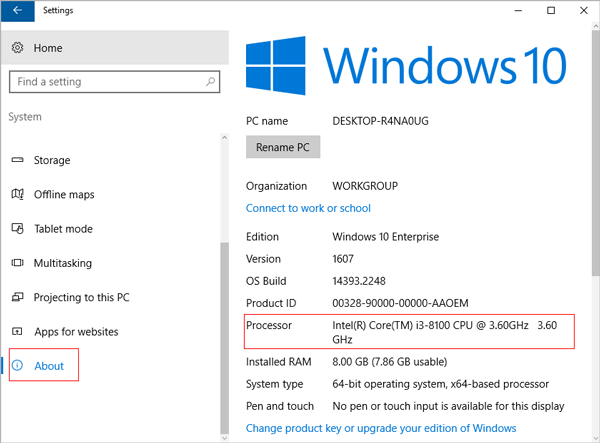
2. Control Panel (For most versions of Windows)
Step 1: Press Windows Key + R to open a run window. Then type control panel and press Enter.
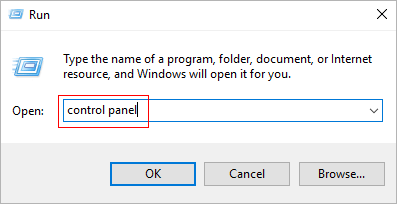
Step 2: Click the drop-down button next to View by and select Large icons option. And then click System.
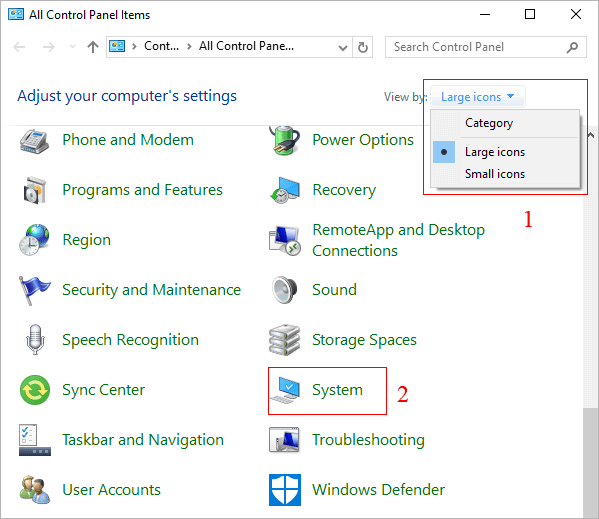
Step 3: Finally, you can find out the system information including processor's specs on the right panel.
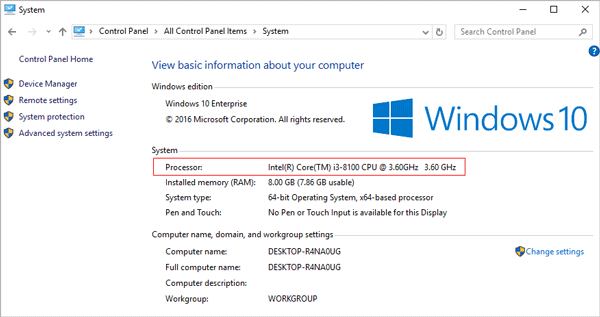
3. Device Manager (For most versions of Windows)
Step 1: Right-click My Computer icon (This pc - Windows 10, Computer - Windows 7 and 8.1) on the desktop and select Manage in the menu.

Step 2: Click Device Manager on the left panel.
Step 3: On the right panel, click the right arrow on the left of Processors to open a collapse menu. Finally, you can check the processor's model number and speed.
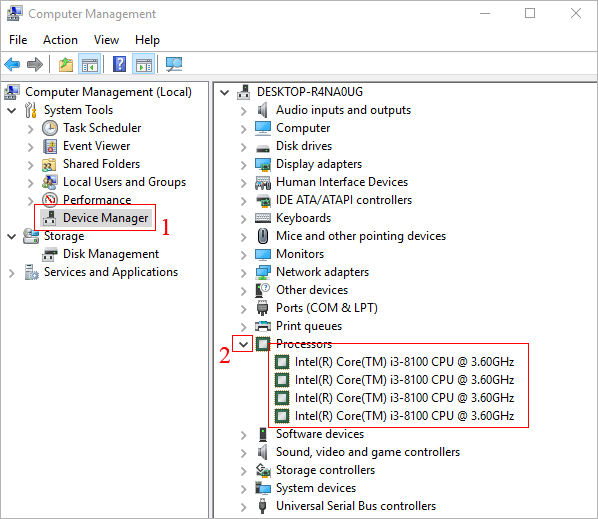
4. Task Manager (Only for Windows 8.1 and 10)
Step 1: Press Ctrl + Shift + Esc simultaneously to open Task Manager window.
Step 2: If the window shows in a simplified summary mode, click More details to see more advanced tools.
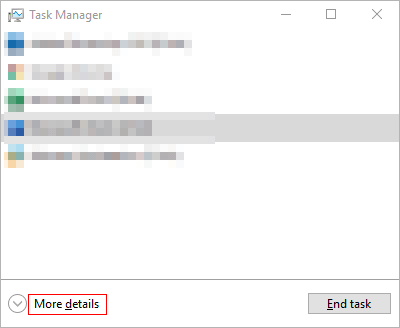
Step 3: Click Performance tab and select CPU on the left panel. Then the CPU specs including model, clock speed, and the number of cores and logical processors are shown on the right panel of window.
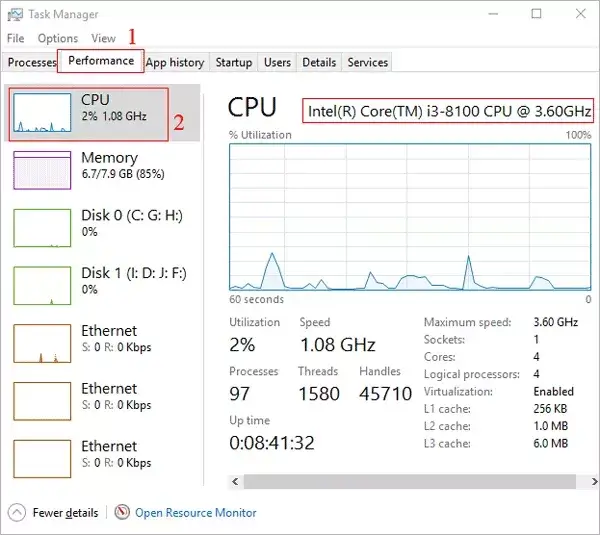
5. System Information (For most versions of Windows)
Step 1: Press Windows Key + R to open a run window. Then type msinfo32 and press Enter.
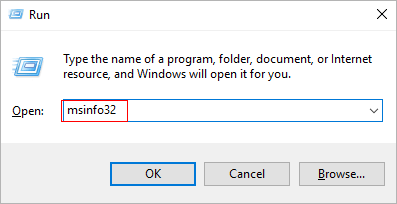
Step 2: On the System Information window, the detailed system information will be displayed on the screen from which you can find out the processor's model, clock speed and core number.
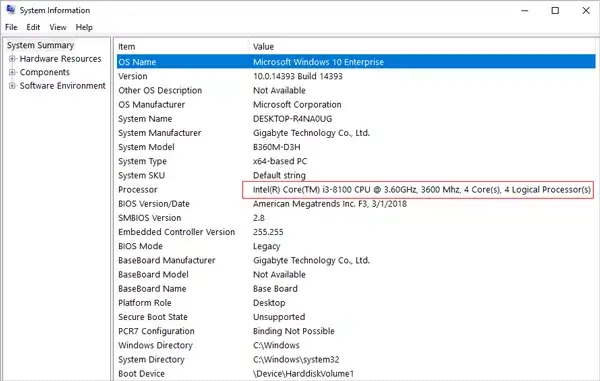
6. DirectX (For most versions of Windows)
Step 1: Press Windows Key + R to open a run window. Then type dxdiag and press Enter.
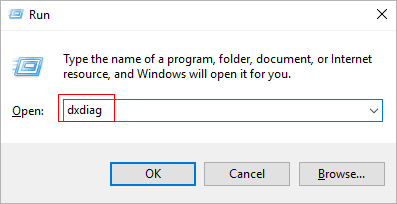
Step 2: Select Yes if prompted with a dialog box. Then a window will pop up. On the System tab, the detailed system information will be shown and you can find out the CPU specs like model, speed and the number of CPU core.
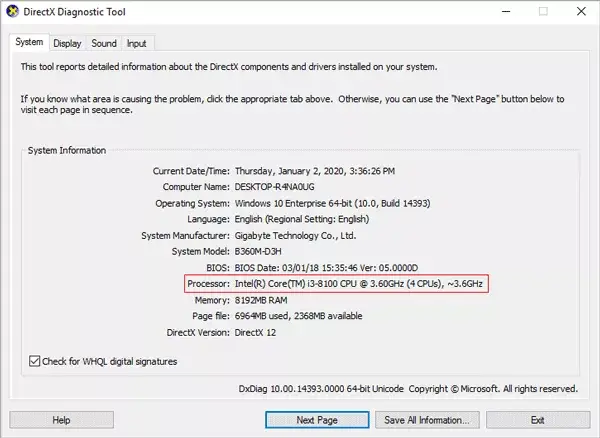
7. Command Prompt (For most versions of Windows)
You can check your CPU full specs by Command Prompt (CMD). Here are the detailed steps.
Step 1: Type cmd in Windows search box and press Enter.
Step 2: In the Command Prompt window, type wmic cpu get name, maxclockspeed and press Enter. Finally, you will see the CPU model name and clock speed on the screen.

TIPS: In addition, you can also check other CPU specs like the number of cores, serial number, status, etc. You just need to type wmic cpu list full and press Enter, all the CPU specs will appear on the screen. Maybe you are confused about some properties in the figure below, such as "Architecture=9", "Family=206". You can click here for more explanations.
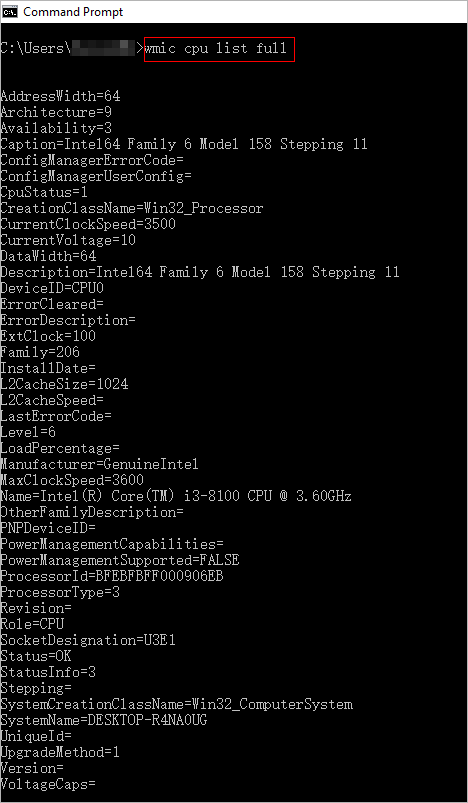
8. PowerShell (For most versions of Windows)
In the matter of checking the CPU specs, PowerShell offers the same feature as Command Prompt does and even the commands are the same. You just need to type PowerShell in Windows search box and press Enter to open PowerShell window. Then you can refer to the above steps of Command Prompt to check the CPU specs.
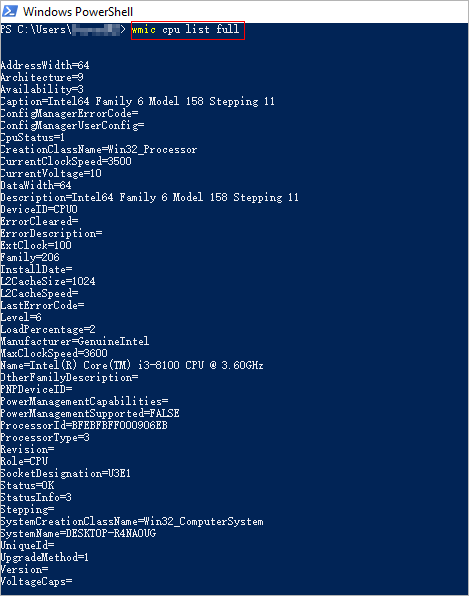
Summary
The above contents are about the simple but effective ways to check the detailed specifications of processor. For laptop computer, if you know your laptop's model number, you can google it to check your laptop specs from which you can find out your processor's specs. Besides, if you know your processor's model number, you can search it on Google to get more details.





